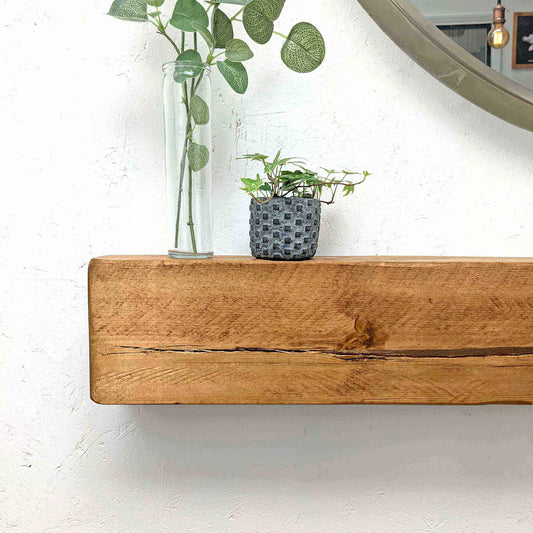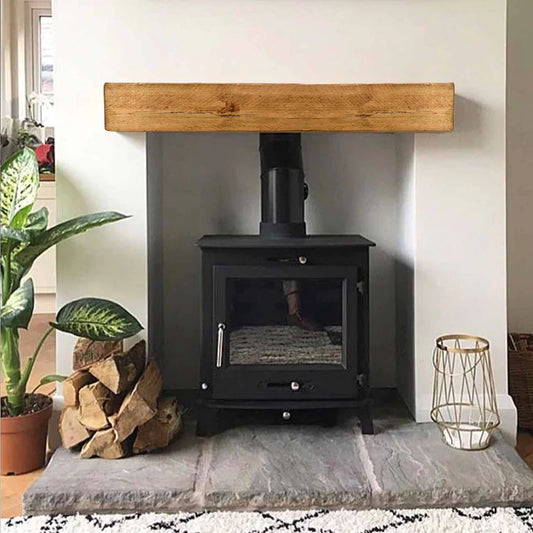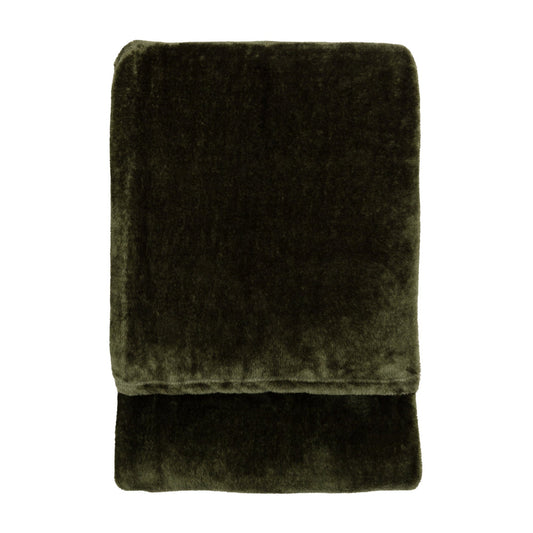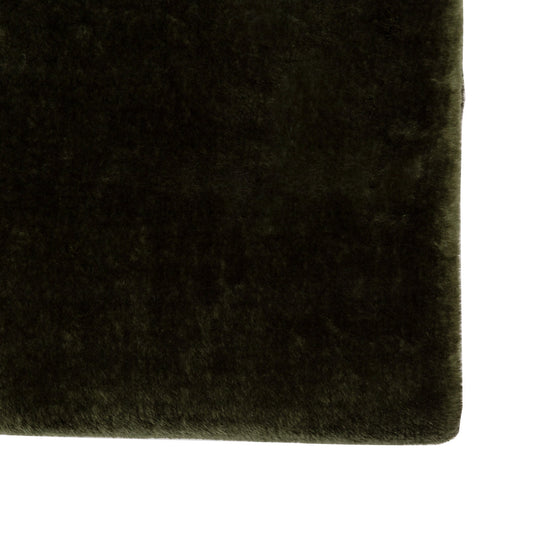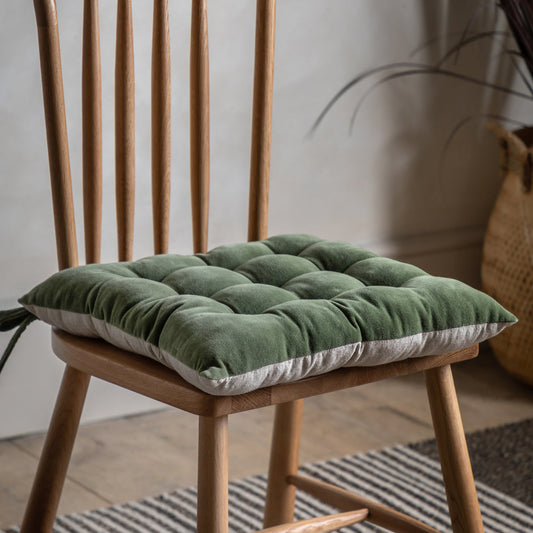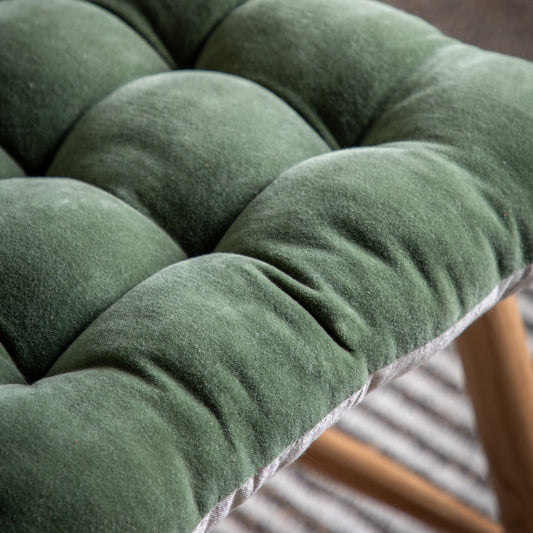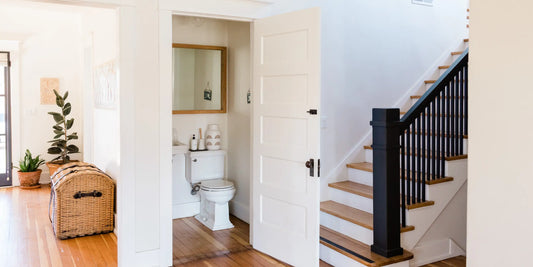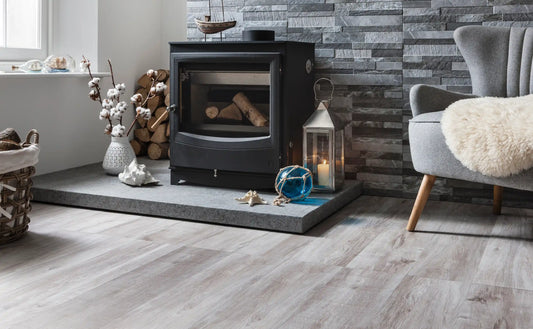Please note: This article may contain affiliate links. All recommendations and styling advice are provided as helpful suggestions only, please always research thoroughly before making any major changes to your home.
Dreaming of hazy summer BBQ's, early morning birdsong and somewhere to enjoy a glass of wine on a summer's evening? Well, it sounds lovely. A beautiful back garden is something many of us aspire to, and for good reason: a well tended garden can become an additional living space, and it brings a sense of zen-like calm to our busy lives.
But where do you begin if you've never so much as lifted a garden spade? Well, you're in luck: if your lawn is overgrown, littered with debris or you simply can't tell a dandelion from a daffodil, here are some of the basic things you need to know...
A Beginner Gardener Should Know About...
Plot size
Bigger isn't always better. Of course, more bang for your buck isn't going to do you any harm, but a large lawn can be a bit intimidating. If you'd like to start a vegetable garden, section off a 250 square metre area. This is a full sized plot, but half this much will be more than enough if you're a newbie. You can use the rest of your garden for whatever your heart desires: a patio, decking, a hot tub (or heck, just somewhere to hang your washing) - the possibilities are endless. If you're a beginner gardener, start small and only commit to as much as you feel you can actually tend to - it's quality, not quantity, that really matters.
Soil type
Learning about the type of soil you have in your garden is the most important thing you can do as a beginner gardener. Your soil might be:- clay (heavy, high in nutrients)
- silt (fertile, easily compacted and retains water)
- sandy (light, dry and warm but often low in nutrients)
- chalky (very alkaline, can be light or heavy)
- loamy (a mixture of clay, silt and sand)
- peat (very high in organic matter and moisture)
The best kind of soil for gardeners is loamy soil - it contains the perfect balance of soil types, and will just need a little organic matter or fertiliser to make your garden thrive. But, you can work with just about any type of soil - you'll just need to be able to recognise it in order to be able to improve it. Some soils will need to be made more acidic or alkaline to reach the right pH level, some will require frequent or infrequent watering, and others will need extra fertiliser in order to support plant life. Check out this helpful guide from the Royal Horticultural Society.
Sunlight
All plants - from your trees to your flower beds, to the grass on your lawn - need sunlight. Spend some time in your garden to figure out how much sunlight your garden receives, and which pockets don't receive any at all. It's best to plan out where you're going to plant particular things depending on the amount of sunshine they require to grow... green fingered individuals know not to put their tomatoes in the shade, for example! There are one or two tricks to employ if you want more golden rays in your garden: consider cutting back hedges if you can, put up fences with cut outs like this example, or thin out bushy hedges to let a little more light through.
Water
Too much water will see your garden drown, and too little will see it wither and die. So, water according to the type of soil you have the kind of plants you want to grow (you can check your packeted seeds instructions for more information). The general rule of thumb, however, is to make sure your garden receives at least a couple of inches of water once a week. If the weather is hot and dry, give it a little more, but if it's been raining, you'll need to do very little watering yourself - if any.
Easy growers
Finally, a beginner gardener should consider starting with easy to grow fruit, veg and flowers, or even just herbs if you're feeling nervous. If you get on OK with keeping rosemary alive, some of the easiest plants to grow are sunflowers, sweet peas and marigolds, so give them a go and see how you get on. There are a number of types of vegetable that are pretty forgiving too, but radishes are right up there when it comes to giving first time gardeners a boost of confidence: they require little attention, will be ready to harvest within a month of planting, and will add a bright pop of colour and a punch to your salads.
p.s how to inject colour into your garden, and what would you do with all this garden space?
Pin This for Later





